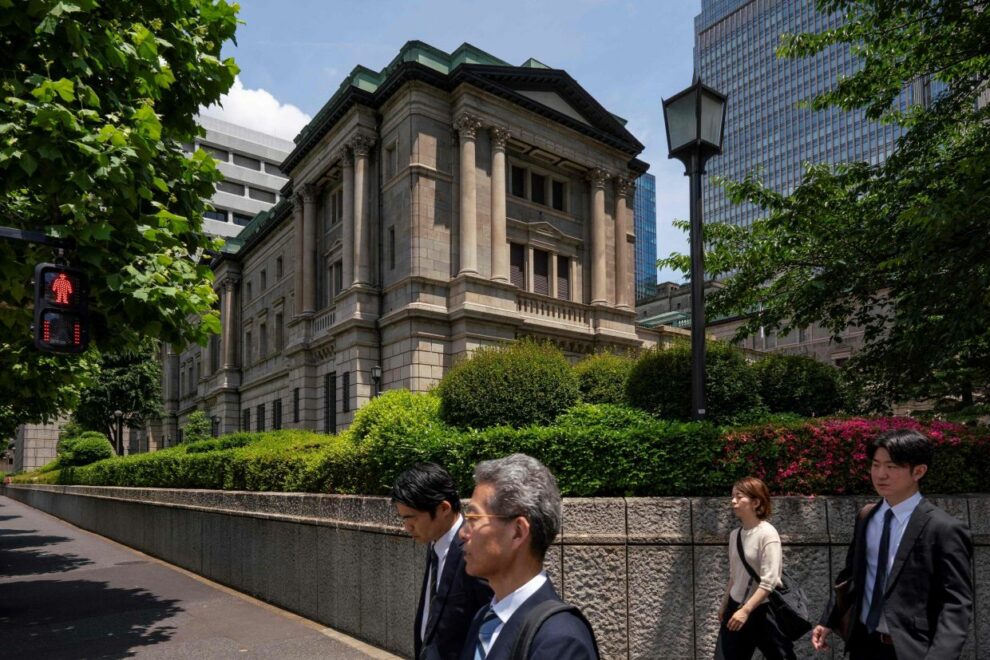TOKYO: The Bank of Japan decided on Friday (Jun 14) to start trimming its huge bond purchases and announce a detailed plan next month on reducing its nearly US$5 trillion balance sheet, taking another step toward retreating from its massive monetary stimulus.
While it will continue to buy government bonds at the current pace of roughly ¥6 trillion (US$38 billion) per month, the central bank decided to lay out details of its tapering plan for the next one to two years at its July meeting.
“Today’s decision suggests that the BOJ is very careful about reducing the bond buying amounts, which means the central bank is also cautious about raising rates,” said Takayuki Miyajima, senior economist at Sony Financial Group in Tokyo. “It has become less likely that the BOJ will raise rates in July.”
The BOJ said it will collect views from market players, before deciding on the long-term tapering plan at its next meeting.
As widely expected, the BOJ kept its short-term policy rate target in a range of 0-0.1 per cent by a unanimous vote.
The central bank also maintained its view the economy continues to recover moderately with consumption holding firm.
The yield on the benchmark 10-year Japanese government bond (JGB) fell to 0.920 per cent on the announcement, while the yen hit a one-month low of 157.895 to the dollar.
Markets are focusing on any hints from Governor Kazuo Ueda on the expected pace of future tapering at his post-meeting briefing at 0630 GMT.
The BOJ exited negative rates and bond yield control in March in a landmark shift away from a decade-long, radical stimulus programme.
It has also dropped signs that it will keep raising short-term rates to levels that neither cool nor overheat the economy – seen by analysts as being somewhere between 1-2 per cent.
Many market participants expect the BOJ to raise rates again some time this year, though they are divided on the timing.
The central bank has also been under pressure to embark on quantitative tightening (QT) and scale back its $5 trillion balance sheet to ensure the effects of future rate hikes smoothly feed into the economy.
The BOJ’s efforts to normalise monetary policy come as other major central banks, having already tightened monetary policy aggressively to combat soaring inflation, look to cut rates.
The Federal Reserve held interest rates steady on Wednesday and signalled the chance of a single cut this year. The European Central Bank cut interest rates last week for the first time since 2019.
However, the normalisation of Japan’s still-loose monetary policy is clouded by weak consumption and doubts over the BOJ’s view that robust domestic demand will keep inflation on track to durably hit its 2 per cent target.
Receding prospects of steady U.S. interest rate cuts may also keep the yen weak against the dollar, complicating the BOJ’s policy deliberations.
Japan’s battered currency has become a headache for policymakers by inflating import prices, which in turn boosts living costs and hurts consumption.
Some analysts see the BOJ’s bond tapering among tools the central bank can use to slow the yen’s declines by allowing long-term interest rates to rise more freely.
Source: CNA










